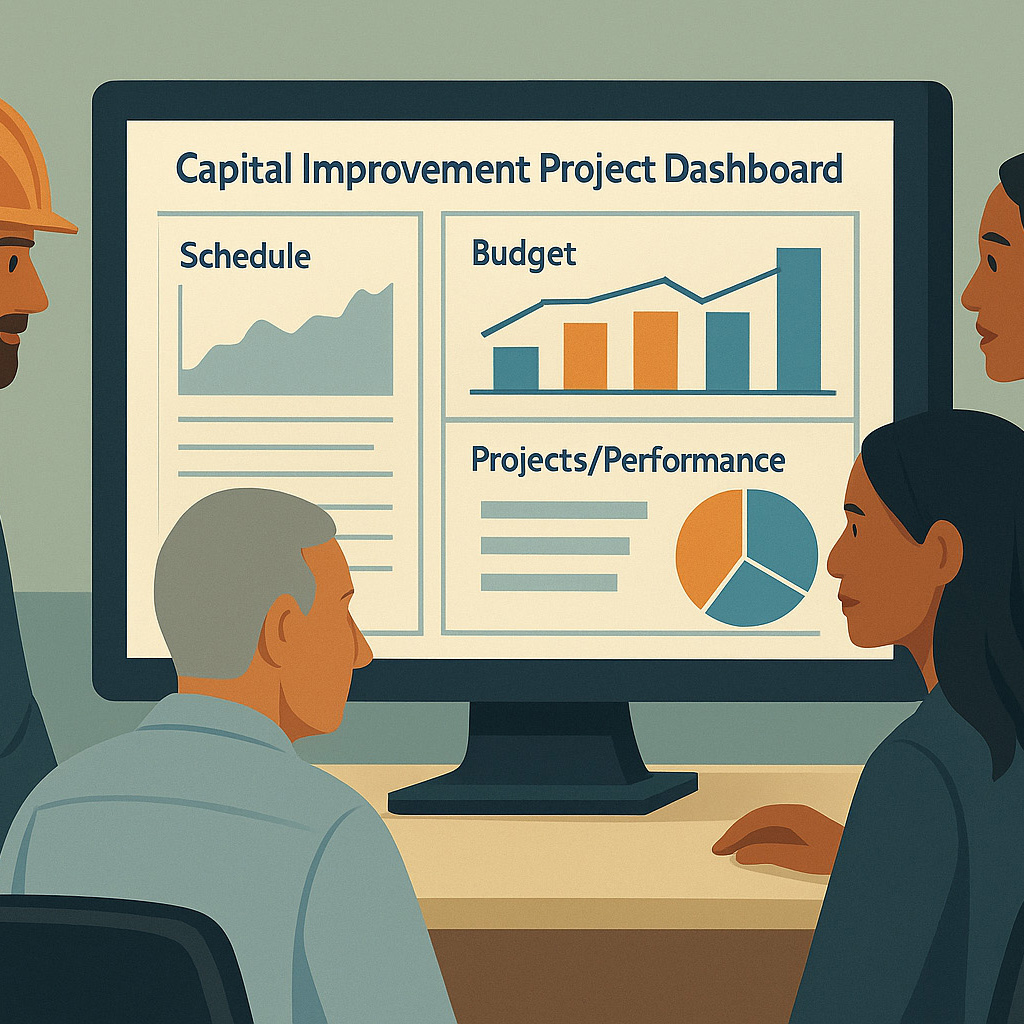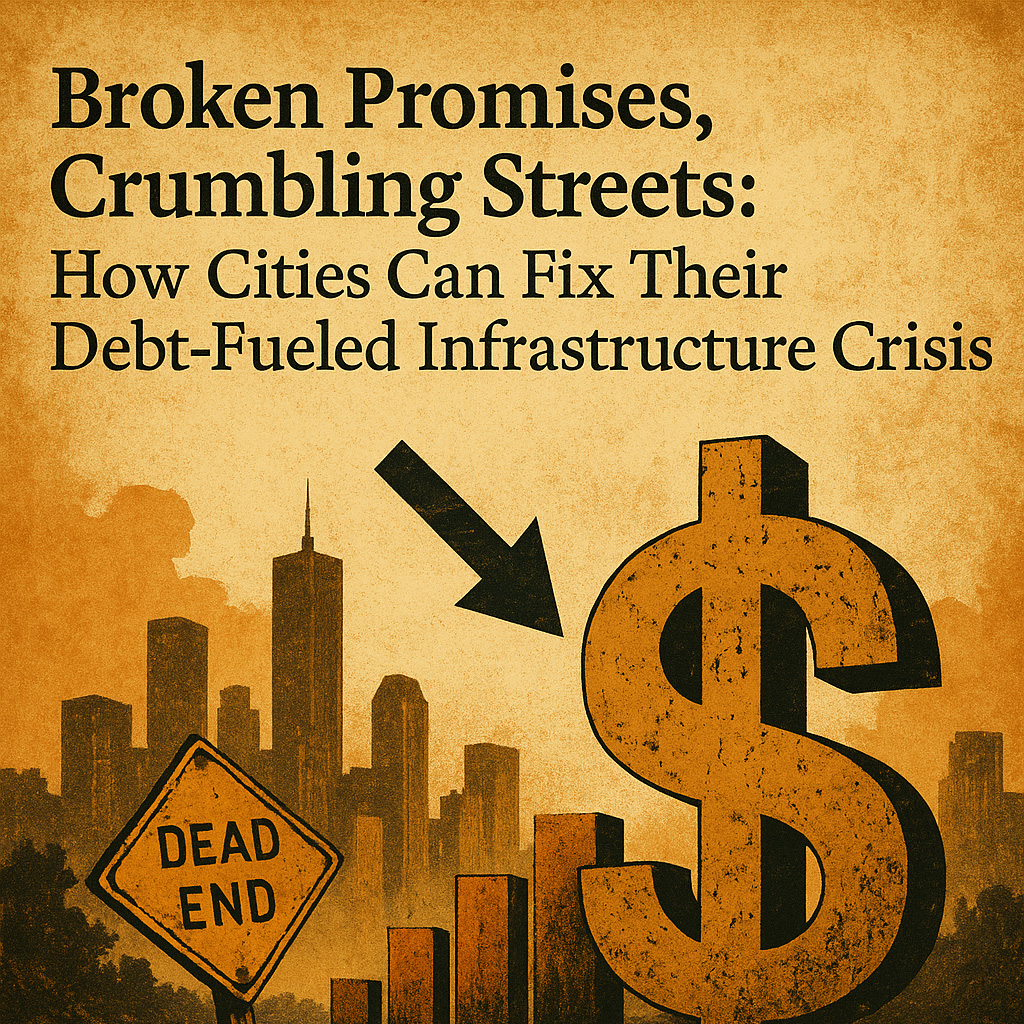The Most Affordable Methods
The size, type of building, location, and cost of materials and labor impact the cost of building a school, but school districts have little or limited influence over many of these factors. To save money, responsible school districts are ensuring efficient and affordable construction through modular construction, value engineering, repurposing existing buildings, and design-build approach
Modular Construction
This modular construction method involves fabricating building components off-site and then assembling them on-site.
Pros
- Reduced construction time by fabricating components off-site
- Reduce costs of on-site material storage and weather delays
- Higher quality and consistency by fabricating in a controlled environment
- Reduce overall waste
Cons
- Limited design options
- Potential zoning restrictions
- Difficulty transporting the assembled components to the construction site
- Higher initial investment (long term savings)
Value Engineering
Value engineering involves a team of experts and stakeholders evaluating a project’s design, materials, and construction methods to identify opportunities for improvement and cost savings while maintaining or improving the desired quality and functionality of the project.
Pros
- Reduced cost while maintaining desired quality and functionality
- Lead to improvements in design, materials, and construction methods
- Increased efficiency and reduced construction time
- Better understanding of project needs
Cons
- Time consuming process that can delay the construction start
- Cost of conducting the value engineering analysis can be significant on large projects
- Risk of compromise can result in less than desired quality and functionality
Repurposing Existing Buildings
Instead of building a new school from scratch, a district may choose to repurpose an existing building, such as a former office building or factory.
Pros
- Saving on costs of land acquisition and new construction
- Environmentally friendly by reducing waste and conserve resources
- Historical preservation
- Quicker completion time by not doing site preparation and new construction
Cons
- Limited design options and flexibility for future changes
- Significant upfront costs to update and retrofit the building
- Unknown conditions and conditions lead to unplanned costs and delays
Design-Build Approach
A design-build approach involves hiring a single contractor to handle both the design and construction of the school.
Pros
- Streamlined process by combining the design and construction into a single process
- Single point of responsibility by hiring the same firm for the whole process
- Improved collaboration between the design and construction teams
- Cost savings through process optimization and waste reduction
Cons
- Limited design options
- Reduced control by the same firm being responsible for the entire process
- Reduced competition
- Higher risk to the project if the contractor cannot perform as expected
Ultimately, the most affordable method for building a school will depend on the specific needs and circumstances of the district, and it is important to consider a range of options and factors when making a decision.
At Front Line Advisory Group, we provide program management consulting services for capital improvement bonds. We are revolutionizing the construction industry and transforming client expectations by obsessing over the basics of budget oversight, schedule enforcement, compliance, vendor management, and stakeholder communication. Contact us for more info at info@frontlineadvisorygroup.com.













